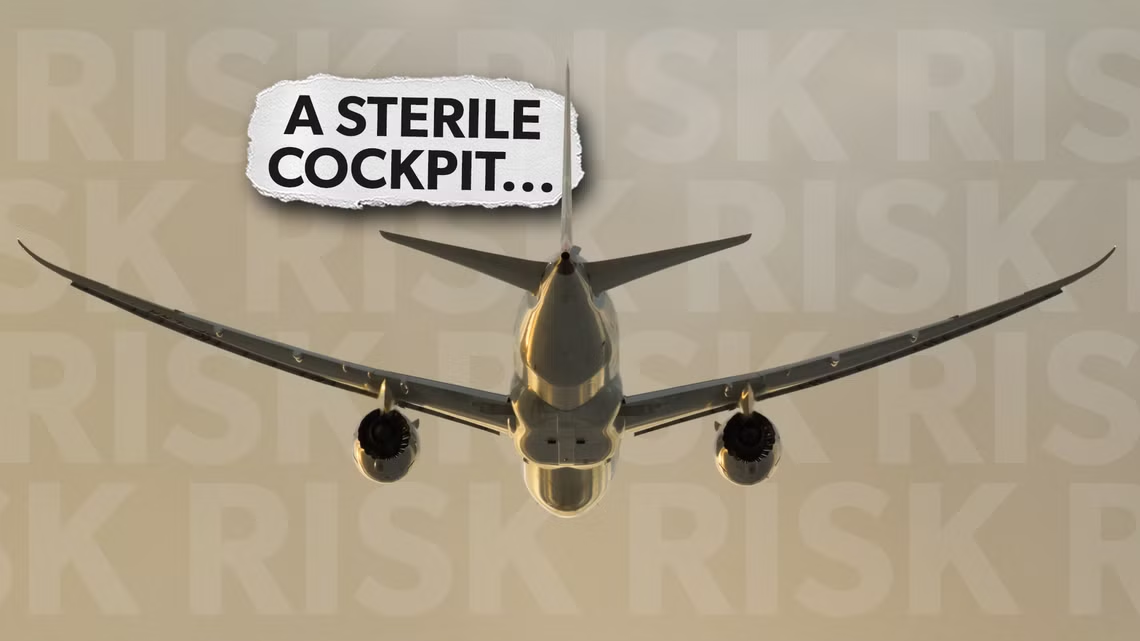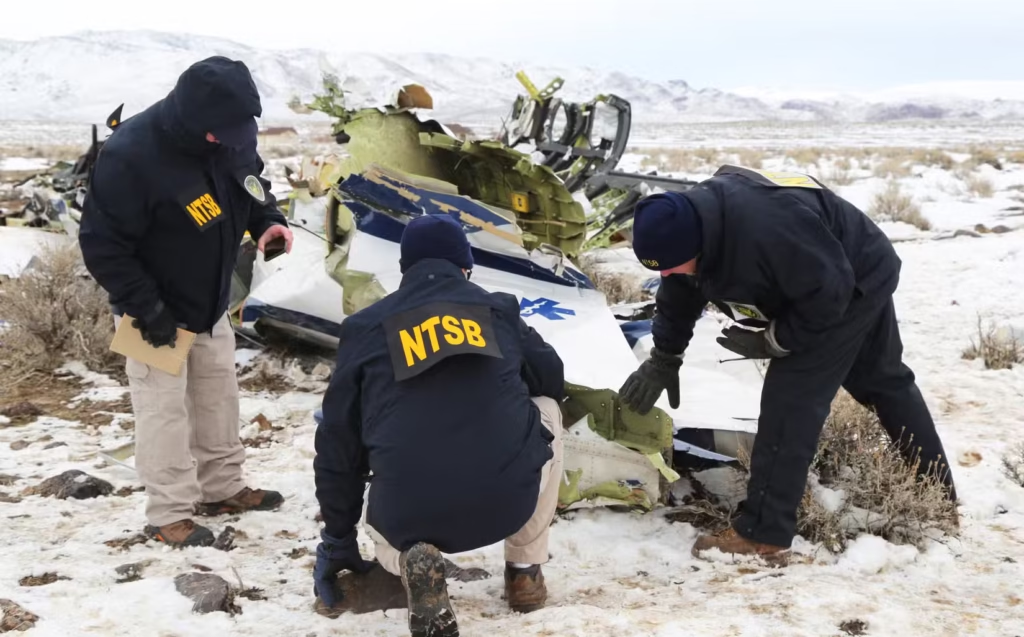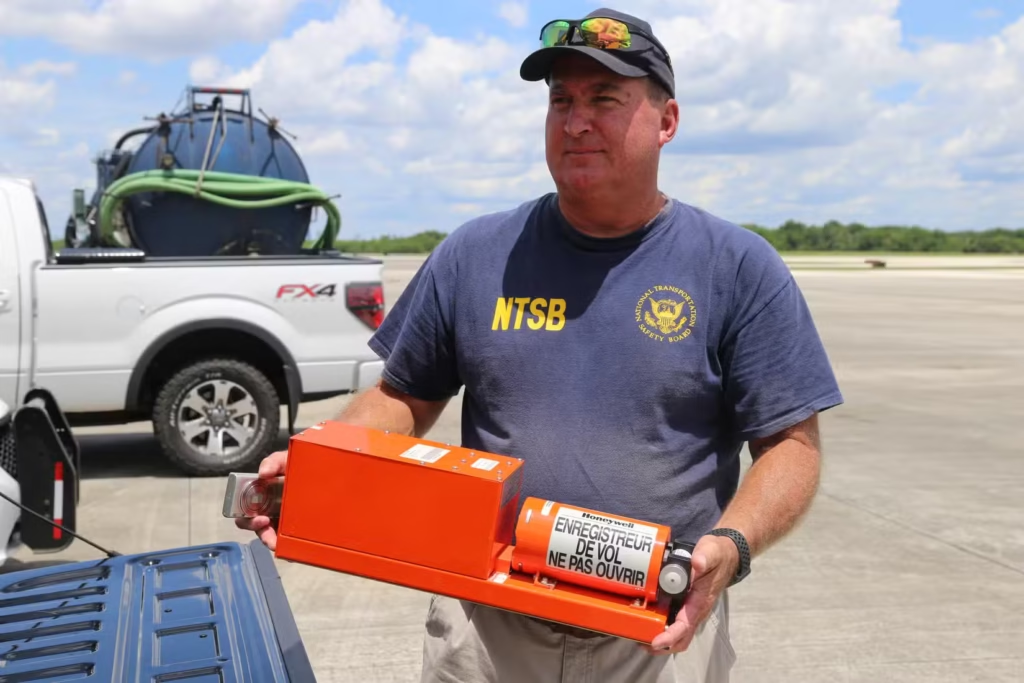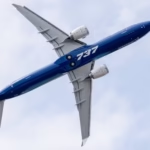Congested runways , quick judgments, and narrow margins are all part of takeoffs and landings. Pilots have only a few seconds to respond when a mechanical problem arises or another aircraft passes in front of them. According to CNN, the times of jeopardy come down to very specific moments during flight, chiefly takeoff and landing, which reflects how short runways, poor visibility, and intersecting courses create hazards unlike at cruising altitude.
Data from incidents shows that mid-flight stability is maintained. At higher altitudes, with the assistance of autopilot systems, crews are free to examine problems. On the ground, even a small mistake can compound rapidly. The “sterile cockpit” regulation is one of the stringent procedures pilots must follow below 10,000 feet.
According to the Federal Aviation Administration (FAA), it all starts with pilots knowing their aircraft, its performance parameters, and the required research to determine what sort of takeoff (and landing) performance. That focus explains why so many accidents occur before reaching the cruise or during the final approach.
Thorough training and advanced flight deck systems aim to reduce the risk. However, pilot distractions, rushed departures, and unpredictable adverse weather can make these stages much more dangerous. The strain on flight crews is further increased by the complexity of the runway, the motions of ground vehicles, and the constant flow of aircraft.
Runway Dangers At A Glance
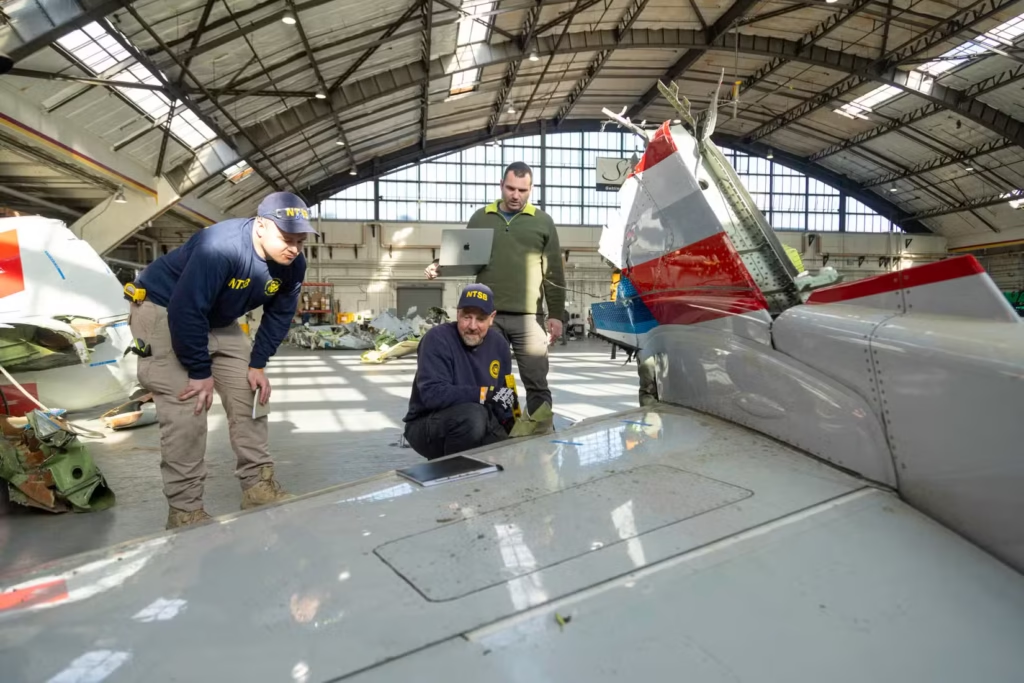
Worldwide airline operations reveal that accidents cluster around airports. The National Transportation Safety Board (NTSB) noted that runway accidents have the potential for significant loss of life and injury. Its research connects limited maneuvering space with frequent runway crossings, sometimes in low visibility. In March 1977, a collision in Tenerife caused 583 fatalities, demonstrating the severe outcome of ground-level mishaps.
After using the incorrect runway, a Comair regional plane crashed in August 2006. The flight, known as Comair flight 5191, claimed the lives of 49 of its 50 passengers. A small runway, poor visibility, and pilot confusion all came together in a matter of seconds, according to investigations. These kinds of accidents highlight the importance of flight crews constantly verifying runway identification and maintaining a high level of situational awareness from taxi to departure.
Another risk is runway excursions. Pilots overshoot and wind up in grass, water, or other terrain because they underestimate their speed or encounter unforeseen gusts.
“When done right, maneuvering flights demonstrate skill…done wrong they usually end deadly,” the Aircraft Owners and Pilots Association (AOPA) explains.
This finding holds true whether an airplane tries a last-minute go-around or crashes off a slippery surface.
Focus On Takeoff And Landing Procedures
These phases are very important to operators. Crews consider engine-out performance, obstacle clearance, aircraft weight, and density altitude while evaluating departure runway lengths. What happens if an engine breaks before or after reaching a specific velocity is covered in pre-departure briefs.
“Maintain positive control of the airplane throughout the landing and be alert for directional control difficulties immediately upon and after touchdown,” the NTSB states.
This advice recognizes how small deviations can spiral into runway overruns or collisions.
Similar risks are seen in General Aviation . Crosswinds are a challenge for private pilots operating tailwheel aircraft. A small plane may be forced off centerline by strong gusts, which could result in ground loops or crashes with nearby objects. A short runway also reduces the likelihood of an abort if the aircraft has trouble accelerating.
The NTSB Safety Alert 71 warns that “for most takeoffs, use all available runway length to increase your margin of safety.” Although it may be more convenient to forego full-length departures in favor of intersection departures, this offers no backup route in case engines fail.
How Crosswinds And Poor Weather Raise Stakes
Wind direction and velocity heavily influence performance. Pilots must apply precise control inputs on the final approach when crosswinds threaten stable alignment. Reduced visibility from fog or rain limits reaction time. The runway environment becomes narrower in the pilot’s field of view, creating confusion if signage or markings appear blurry. Quick decisions are necessary, often with seconds to spare.
Runway contamination is also a component of situational awareness. Icy or wet conditions hampered directional control and braking. To prevent overruns, crews need to estimate greater distances and approach speeds. Unexpected gusts of wind can still push an aircraft sideways, even though many jets use auto-brake systems for reliable deceleration.
The NTSB Runway Safety guidance calls for accurate runway condition reports and proper equipment settings. Basic inattention can magnify these hazards, especially when multiple flights queue onto crossing runways.
In all weather situations, controllers provide orders that balance arrivals and departures. Overlapping movements are common at busy airports, which leaves little room for error. Breakdowns in communication constitute a serious risk. Pilots are required to precisely read back instructions, making sure that every runway crossing is permitted. A wise pilot will seek clarification if something seems uncertain rather than take the chance of an unplanned intrusion.
Inherent Complexities On Final Approach
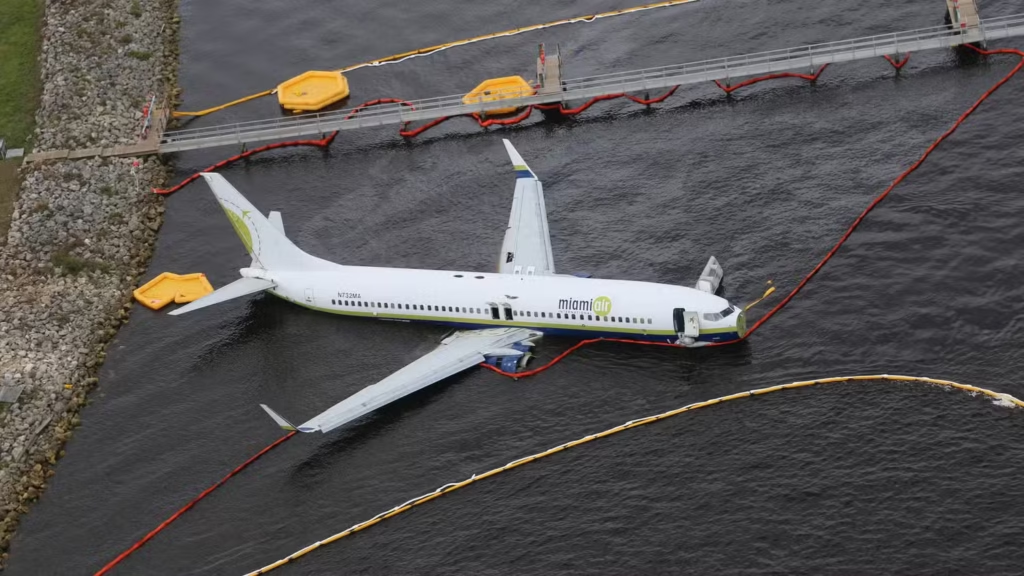
Stable approach speeds, flap settings, and gear extension are all necessary when descending to land. Extended downwinds or changes in speed may be required to separate the traffic. To avoid making a lengthy landing, pilots plan for a specific threshold crossing height. Some say that one might be more dangerous than the other, but both present unique hazards, according to CNN.
Final approach can be risky for high-performance jets and small planes alike.
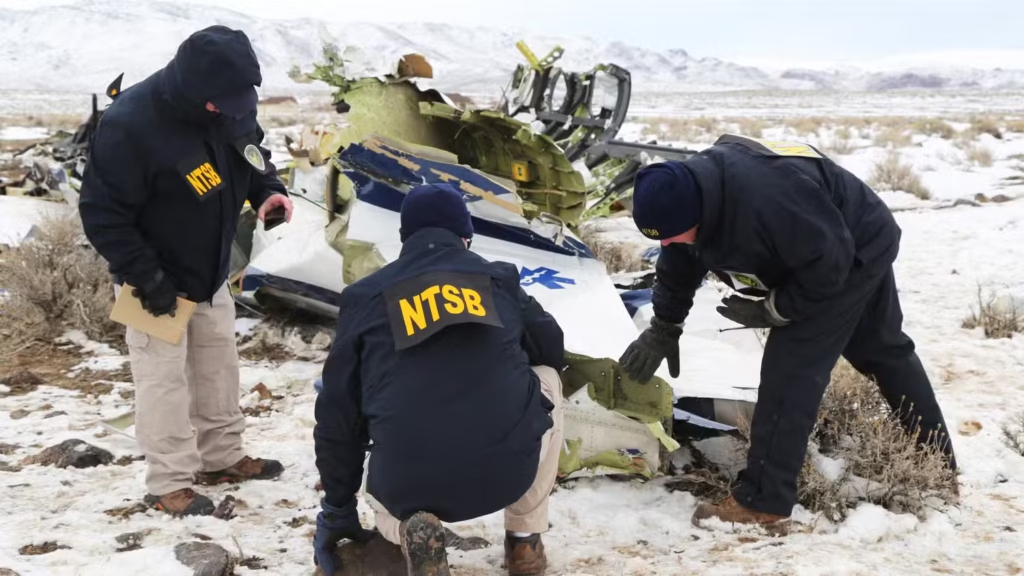
Crews devote significant simulator hours to engine failures, aborted takeoffs, and crosswind landings. Regular practice keeps these skills sharp.
“A good plan takes into account the departure path or procedure, as well as actions to take following power loss,” the FAA says.
This mindset extends to every stage, from verifying runway lengths to setting personal limits.
Airlines use checklists to make sure nothing gets overlooked. Correct approach speeds, the runway’s last visual confirmation, and the right flap configurations all show up. Below 10,000 feet, crews also follow the “sterile cockpit” rule, which forbids unnecessary conversation to keep all senses concentrated on flight duties. These precautions lessen confusion during the tense first ascent or final approach.
Pilots in general aviation must make the same important choices. Smaller airfields with fewer runway lights or more basic approach aids are frequently the sites of private flights. If there is only one paved strip or if missed approaches are complicated by local terrain, the margin for error may be significantly narrower. Training for crosswind patterns, short-field landings, and timely go-arounds can lessen such weaknesses.
How The Professionals Prepare
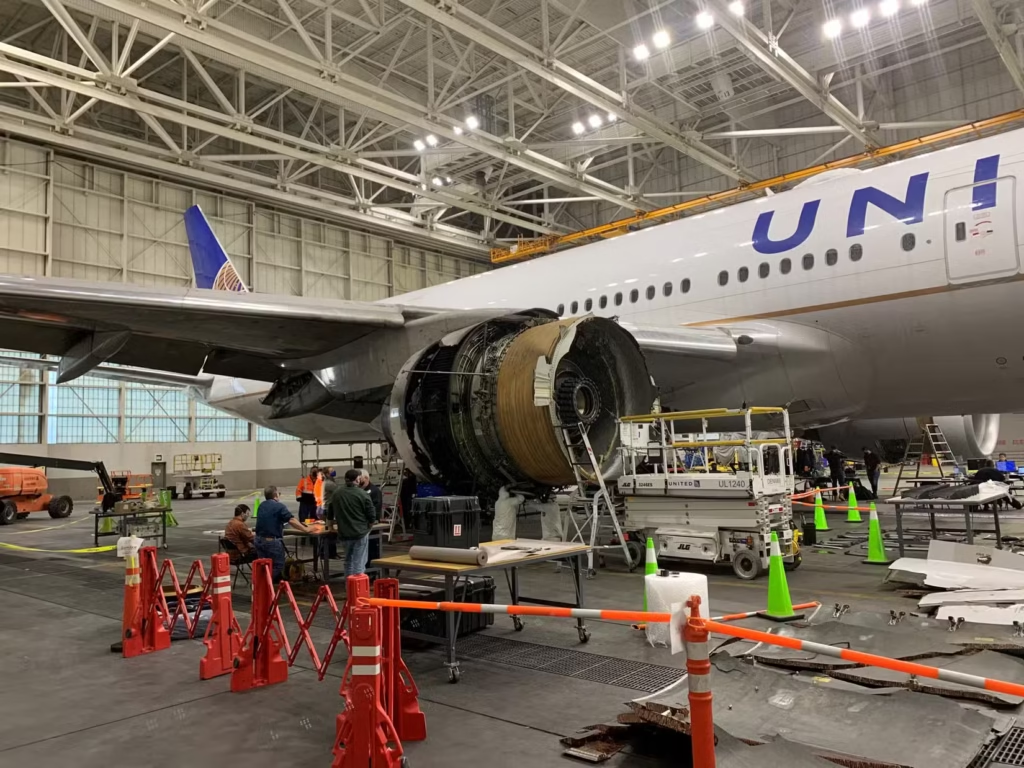
Extensive planning is emphasized by numerous specialist organizations. validating runway length limit surprises, crosswind components, and routinely checking weather updates. Crews who spot potential issues—like a short runway or strong crosswind—often choose to delay or divert, rather than force a marginal landing. The NTSB Runway Safety website calls for direct cockpit warnings if a pilot lines up on the wrong runway. A simple system beep can prevent a disastrous incursion.
A crucial safety precaution is go-arounds. When traffic appears on the runway or the aircraft becomes unstable, an instant power application pulls the aircraft away for a different approach. Pitch accuracy and a smooth thrust application are crucial because of the limited time and low altitude. An attempted landing could turn into a runway excursion or tail strike if such preparedness is lacking.
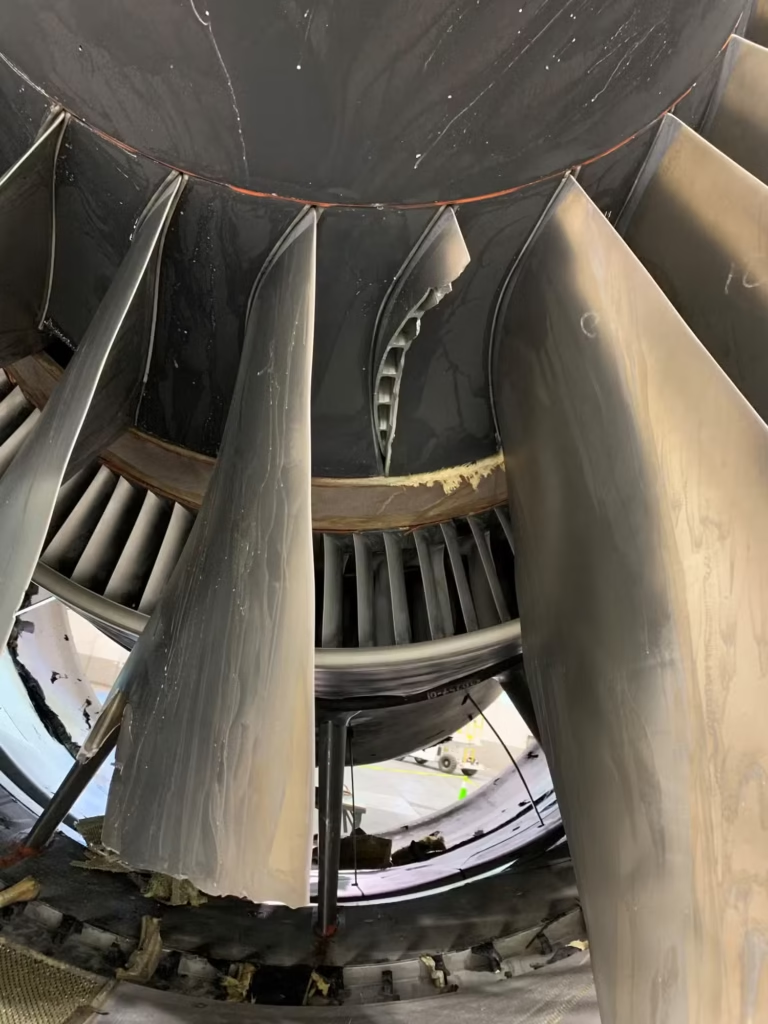
Confidence must not become complacency, though. The FAA recommends continuous learning through programs like the WINGS Pilot Proficiency Program. These courses assess students’ understanding of emergency go-arounds, runway performance, and approach speeds. Pilots who stay up to date are less likely to panic or respond incorrectly in actual emergencies.
Constant Efforts To Improve Runway Safety
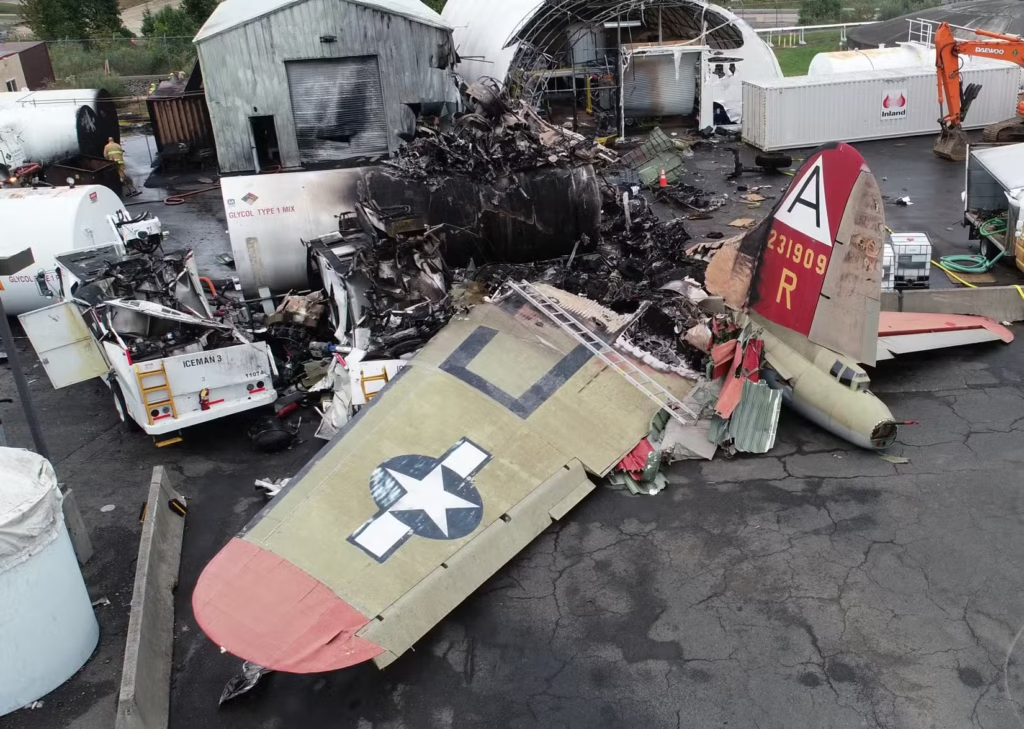
Runway accidents often involve lawsuits and insurance claims, driving up costs for operators, manufacturers, and pilots. The AOPA points out that, “Maneuvering flight accidents result in fatalities, lost wages, insurance claims, lawsuits, etc. That does not take into account serious injuries and accidents where only the aircraft was damaged.” This spills over into higher premiums and stricter regulations for everyone.
Flying is still one of the safest ways to travel. However, according to logs and investigations, the most serious accidents still occur at ground level. As the evidence consistently demonstrates that complacency is detrimental, crews never undervalue these flight phases. As always, the key phrases are checklists, training, and prompt communication with controllers.
Improved cockpit alert systems, pilot competence assessments, and runway incursion prevention are just a few of the ongoing safety initiatives. According to data, consistent aerodynamics and plenty of reaction time make cruising altitude generally safe. Takeoffs, landings, and other low-altitude operations are where the real hazards are concentrated because minor errors have little margin for error. To ensure that the actual high-risk moments—descent and climb—are managed precisely, the aviation industry promotes a culture that places a high priority on safety at all times.

